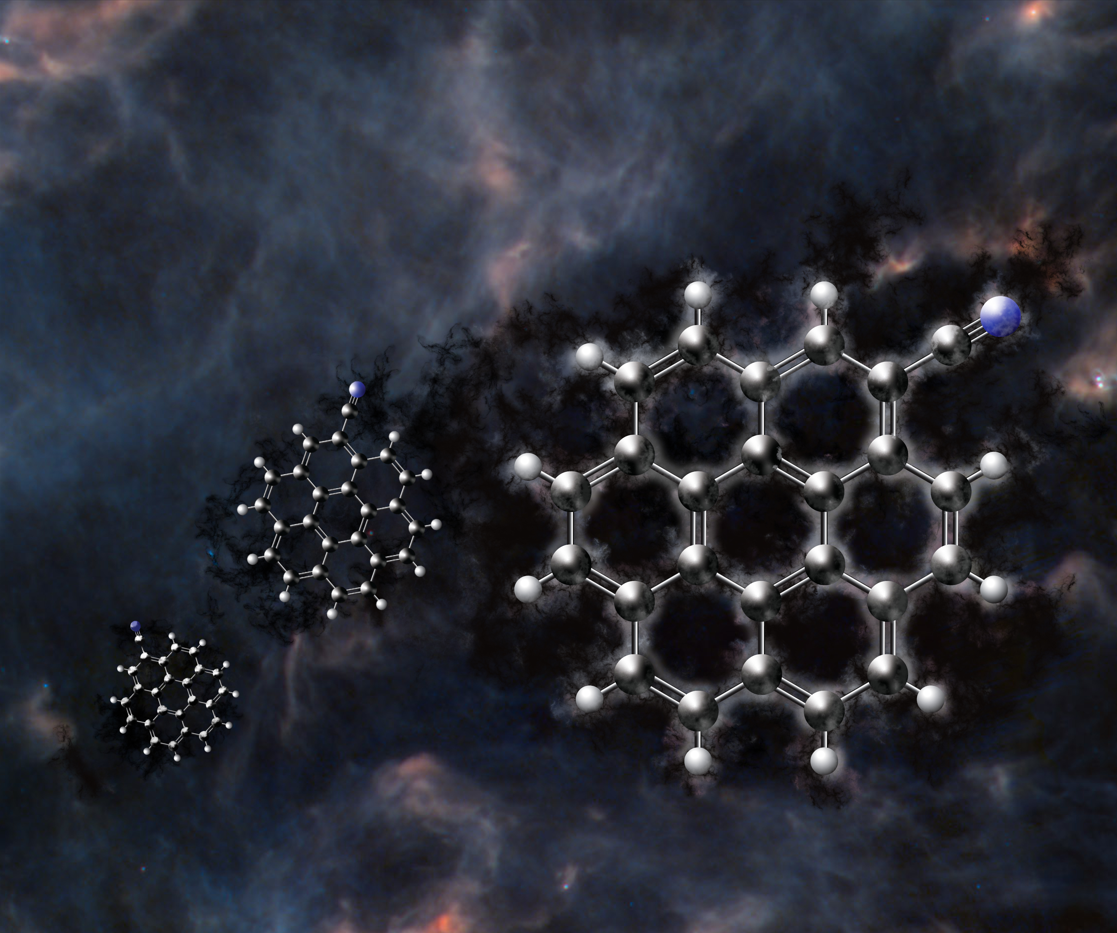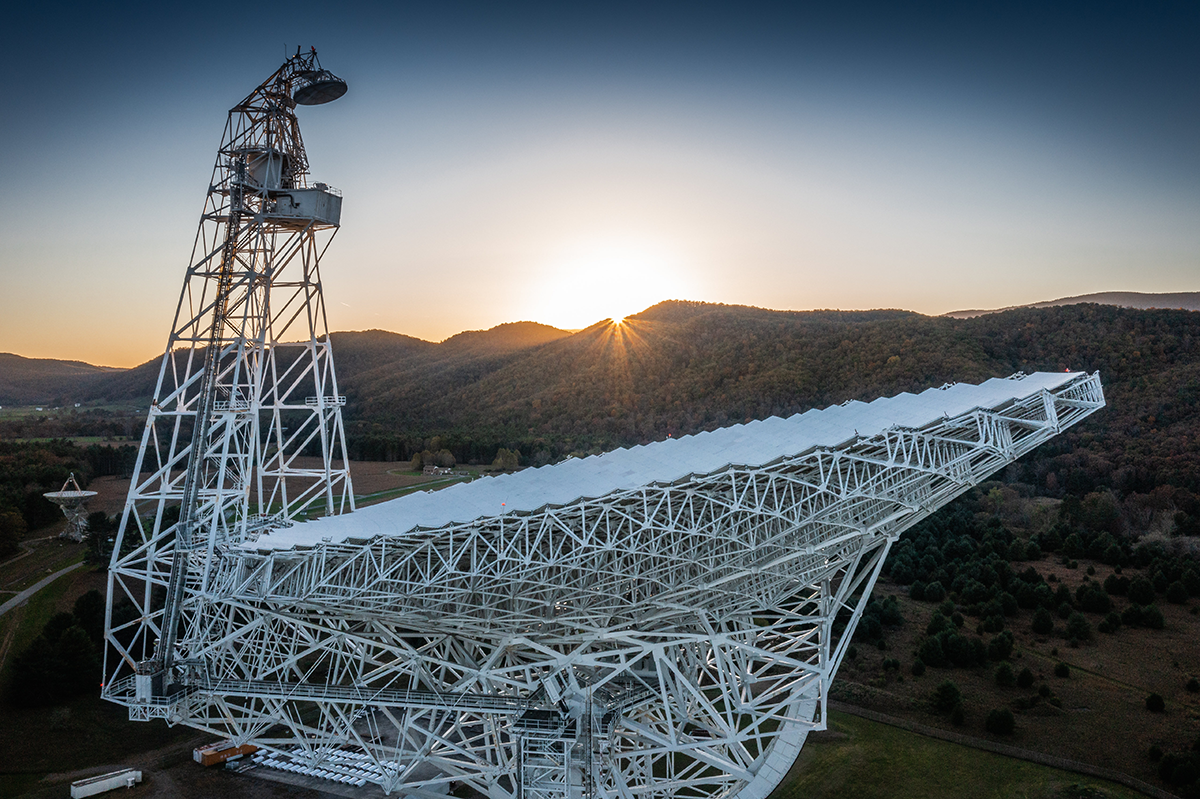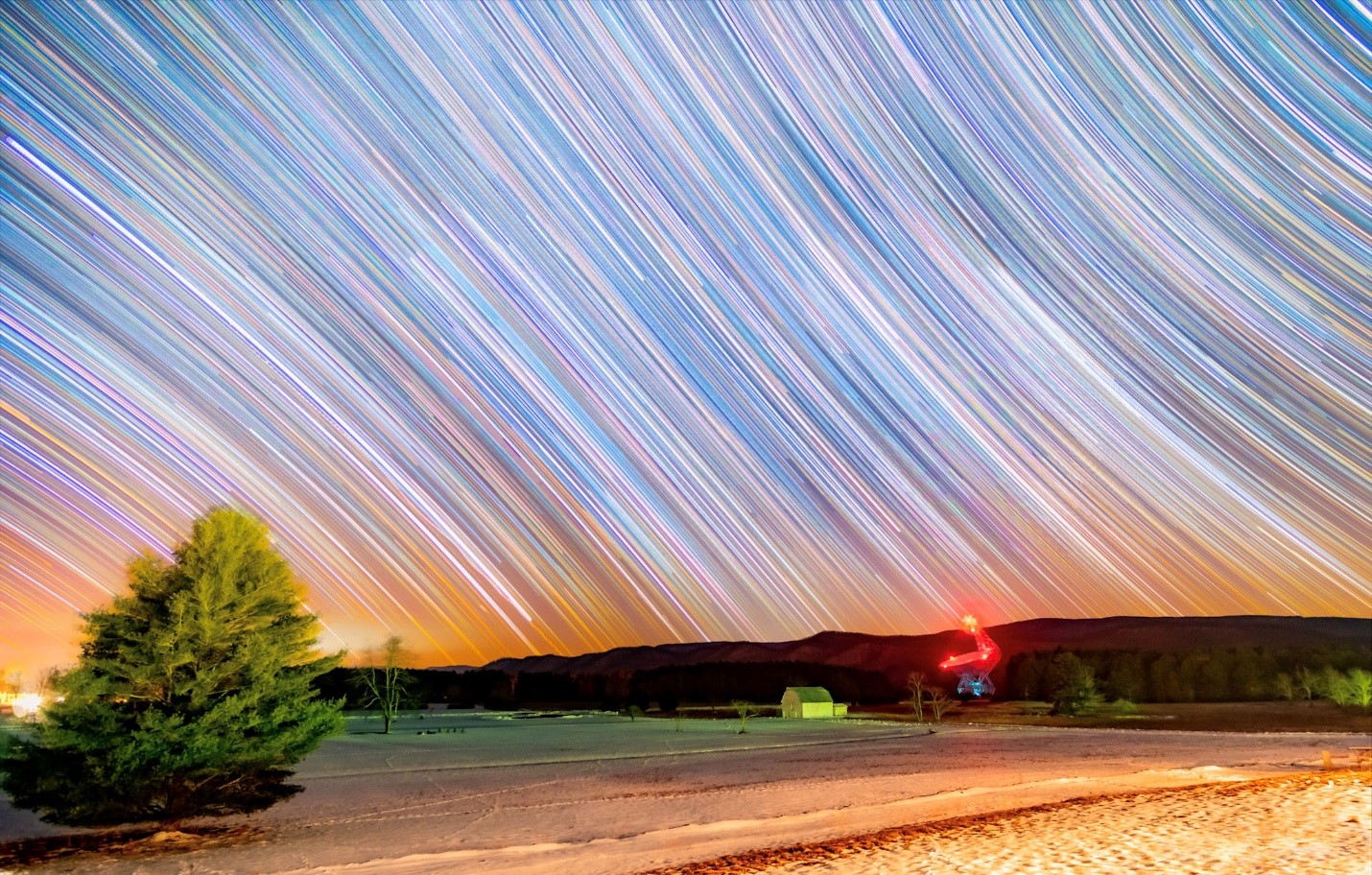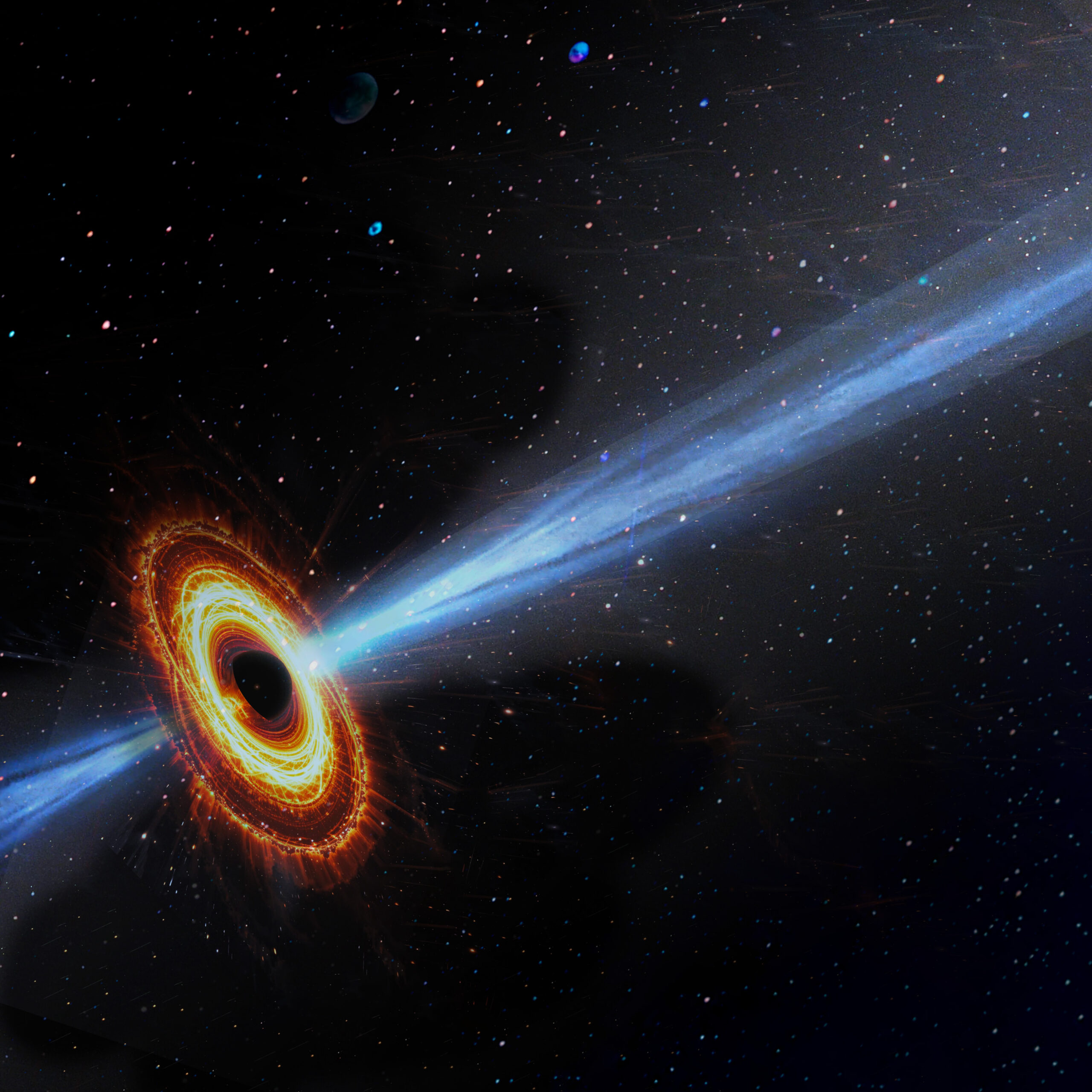-

Cosmic Chemistry Breakthrough: Largest Aromatic Molecule Found in Deep Space
Discovery of seven-ring cyanocoronene in a star-forming cloud challenges assumptions…
-

NSF Green Bank Telescope Gets a New Coat of Protection
Vital repainting project will extend lifespan of world’s largest fully…
-

New Interim Director for the NSF Green Bank Observatory
The U.S. National Science Foundation National Radio Astronomy Observatory (NSF…










